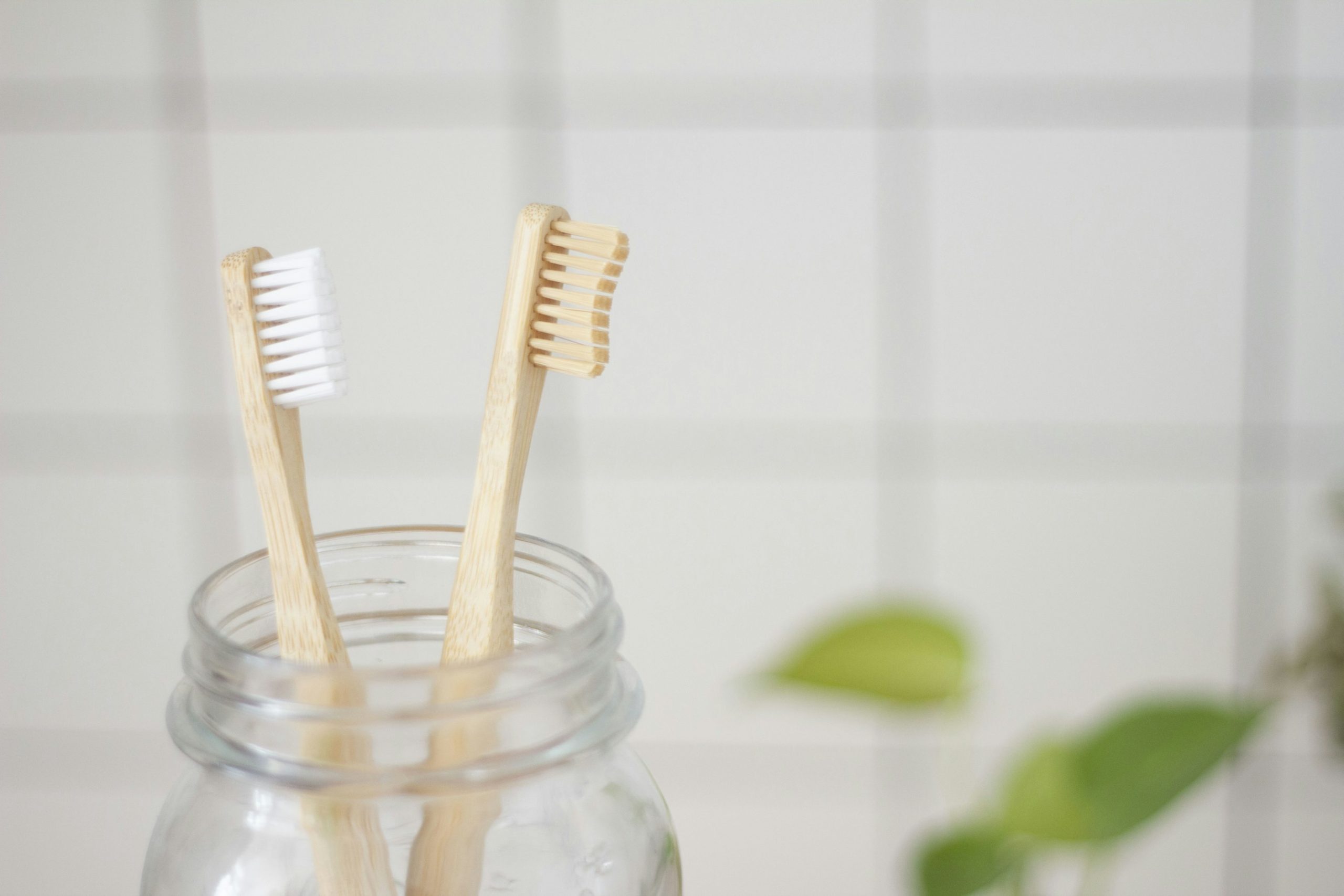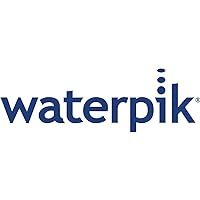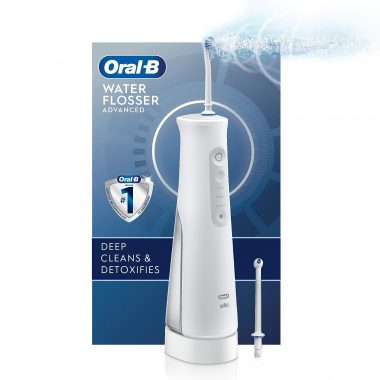Discover the Power of Water Flossing
Your Complete Guide 🌟💦
Dive into the refreshing world of water flossers with evosho.com, where we unravel the secrets to impeccable oral hygiene! If you’re keen on elevating your dental care game or simply curious about the buzz surrounding water flossers, you’ve landed in the right place. Let’s embark on this enlightening journey together and explore everything there is to know about these game-changing devices.
What is a Water Flosser? 💧
At its core, a water flosser is an innovative dental tool designed to enhance your oral hygiene routine by using a stream of pulsating water to clean between teeth and below the gumline. This device, often resembling a small handheld wand connected to a water reservoir, offers a dynamic and efficient alternative to traditional string flossing.
The Mechanics Behind Water Flossing
The magic of a water flosser lies in its ability to deliver a powerful yet gentle jet of water. It works by:
- Pumping Water: Water is drawn from the reservoir and pumped through a specialized nozzle.
- Adjustable Pressure: Users can adjust the pressure of the water stream, allowing for a customized cleaning experience ranging from gentle to powerful.
- Pulsating Action: Many models feature a pulsating action, which helps to dislodge food particles and plaque more effectively than a steady stream.
The Components of a Water Flosser
A typical water flosser consists of several key components:
- Reservoir: Holds the water used for flossing. Some models have removable tanks for easy refilling and cleaning.
- Motor and Pump: These power the device, creating the pressure needed to force water through the nozzle.
- Flosser Tip: The replaceable nozzle at the end of the water flosser, designed to target hard-to-reach areas between teeth and along the gum line.
- Control Panel: Allows users to adjust settings such as pressure level and sometimes pulsation frequency to suit their comfort and cleaning needs.

Why It's a Game Changer
Water flossers are celebrated for their ability to make dental care more accessible and effective, particularly for those with braces, dental implants, or sensitive gums. Unlike traditional floss, which can be difficult to maneuver and sometimes harsh on sensitive areas, water flossers offer a gentle yet thorough cleaning. Additionally, they’re fantastic for individuals looking to reduce waste in their daily routines by avoiding disposable floss.
Benefits of Using a Water Flosser
Water flossers have surged in popularity for many good reasons. Beyond just being an alternative to traditional flossing, they offer a host of advantages that contribute to both oral health and overall convenience in your dental care routine. Here are the detailed benefits:

Superior Plaque Removal
Research shows that water flossers are exceptionally effective at removing plaque. This is crucial because plaque buildup can lead to tooth decay and gum disease. The water flosser’s ability to reach areas that toothbrushes and traditional floss can miss means a more thorough clean every time.

Enhanced Gum Health
Regular use of a water flosser can lead to significant improvements in gum health. By gently and effectively cleaning along the gumline and between teeth, water flossers can reduce inflammation, bleeding, and the risk of gingivitis. For people with sensitive gums, this method of cleaning can be a game-changer, offering a pain-free way to maintain gum health.

Ideal for Dental Work
For those with braces, bridges, implants, or crowns, water flossers offer a clear advantage. The water stream can navigate around the wires and brackets of braces and other dental work, ensuring that these areas are properly cleaned without the risk of damaging orthodontic work.

Reduces Bleeding and Inflammation
Individuals who experience bleeding or inflammation when using traditional string floss may find relief with a water flosser. The gentle water stream helps to stimulate gum circulation, reducing bleeding over time and promoting healthier gum tissue.

Accessibility and Ease of Use
Water flossers are straightforward and less technique-sensitive than traditional flossing. This ease of use makes them accessible to a wider range of people, including those with limited dexterity, such as the elderly or individuals with arthritis.

Customizable Cleaning Experience
With various pressure settings and nozzle tips available, users can customize their cleaning experience to their specific needs and comfort levels. This customization is especially beneficial for those with sensitive teeth and gums, allowing for a gentle clean that does not compromise effectiveness.

Supports a Hygienic Oral Environment
By removing bacteria and food particles from below the gumline and between teeth, water flossers help to maintain a cleaner, healthier oral environment. This reduction in bacteria not only helps to prevent tooth decay and gum disease but also contributes to fresher breath.

How to Choose the Right Water Flosser
Choosing the right water flosser can significantly enhance your oral hygiene routine, making it both effective and enjoyable. With a myriad of options on the market, it’s important to consider several key factors to find the one that best suits your needs. Here’s a detailed guide to help you make an informed decision.
Consider Your Specific Needs
Start by assessing your specific dental needs. Do you have braces, implants, sensitive gums, or are you simply looking for a more thorough clean? Identifying your primary reason for purchasing a water flosser will help narrow down your choices to models that cater to those specific needs.
Adjustable Pressure Settings
One of the most critical features to look for is adjustable pressure settings. This allows you to start at a lower pressure if you’re new to water flossing or have sensitive gums, and gradually increase the intensity as your gums become healthier and more accustomed to the process. Some models offer a wide range of settings, from very gentle to very strong, providing flexibility for different sensitivities and needs.
Portability and Design
Consider whether you’ll be using the flosser mainly at home or if you need something that’s travel-friendly. Cordless models are excellent for travel or small bathrooms with limited counter space. However, they might have smaller water reservoirs, which means you’ll need to refill them more frequently during use. Countertop models typically offer larger water tanks and more robust features but require a dedicated space near an outlet.
Tank Capacity and Water Reservoir
The size of the water tank determines how long you can floss before needing a refill. A larger tank offers uninterrupted flossing, ideal for a thorough clean, while a smaller tank can be sufficient for quick, daily maintenance or for travel. Removable tanks are a bonus for easy refilling and cleaning.
Tips and Attachments
Different flosser tips can target specific dental needs. Look for models that come with a variety of tips, such as standard nozzles for everyday use, orthodontic tips for braces, plaque seeker tips for implants and dental work, and periodontal tips for deep cleaning. The more options available, the more tailored your flossing experience can be.
Ease of Use
A user-friendly water flosser can make a significant difference in your daily routine. Look for features like a simple interface, easy-to-fill reservoirs, and straightforward maintenance. Additionally, consider the ergonomics of the handle and whether the model is comfortable to hold and maneuver around your mouth.
Battery Life and Charging Options
For cordless models, battery life is an important consideration. Check how long the flosser operates on a single charge and how it is recharged. Some models use standard batteries, while others come with rechargeable batteries and a charging station, offering convenience and cost savings over time.
Price and Warranty
Finally, compare prices and warranties. More expensive models often come with additional features or longer warranties, providing peace of mind and potentially better value in the long run. However, there are also many affordable options that offer excellent performance and durability, making them great choices for budget-conscious consumers.
By carefully considering these factors, you can select a water flosser that not only meets your dental care needs but also fits seamlessly into your lifestyle, ensuring a healthy, clean smile with every us.
Most Popular and Quality Brands
Waterpik

Waterpik is almost synonymous with water flossing, having pioneered the technology and remained at the forefront of innovation in oral health care. Known for its reliability and range of models suited for different needs, Waterpik has cemented its place as a leader in the market.
Product Range: Offers a comprehensive selection, from advanced countertop models with numerous settings to compact, travel-friendly cordless options. Each model is designed with user experience in mind, ensuring there’s a perfect Waterpik for everyone.
Philips Sonicare

Philips Sonicare is renowned for integrating technology with dental care, creating products that not only improve oral health but are also a pleasure to use. Their approach to water flossing is no exception, with devices that complement their highly acclaimed electric toothbrush line.
Product Range: Focuses on efficiency and ease of use. The AirFloss range is particularly notable for its innovative use of air and micro-droplet technology to clean between teeth, appealing to those who may find traditional water flossing too cumbersome.
Oral-B

A household name in dental care, Oral-B’s entry into the water flosser market brings with it a commitment to quality and effectiveness. Their products are designed to integrate seamlessly into an oral hygiene routine that likely already includes an Oral-B product.
Product Range: Known for their durability and practical features, Oral-B water flossers are straightforward, no-nonsense devices that get the job done. They’re particularly favored by users looking for products that balance performance with simplicity.
Best Products to Consider
Waterpik Aquarius Water Flosser (WP-660)
The Waterpik Aquarius is a standout model that combines a modern design with a full suite of features. It’s designed for those who take their oral hygiene seriously, offering a professional-level clean at home.
Features: With ten pressure settings, a timer/pacer, and multiple flossing tips, it caters to a wide range of needs. Its effectiveness in removing plaque and improving gum health is backed by numerous studies, making it a top choice for dental professionals and users alike.
Ideal for individuals looking for a thorough clean, those with braces or dental implants, or anyone who wants to invest in their oral health.
Philips Sonicare AirFloss Ultra
Philips Sonicare AirFloss Ultra is designed for simplicity and effectiveness, appealing to those who may not floss regularly. Its micro-droplet technology efficiently cleans between teeth, making it a fantastic alternative to traditional flossing.
Features: It offers customizable settings, including single, double, or triple bursts, allowing users to adjust the intensity of the cleaning. The device is rechargeable, with a battery life that supports frequent use. It’s also notably user-friendly, with an easy-to-fill reservoir and straightforward operation.
Perfect for individuals looking for a quick and easy way to improve their flossing habits, as well as those who find string flossing difficult or unpleasant.
Oral-B Water Flosser Advanced
The Oral-B Water Flosser Advanced is a robust, feature-rich device that provides an excellent clean without any fuss. Its focus on efficiency and ease of use makes it a popular choice for everyday use.
Features: This model features multiple pressure settings, allowing users to find their optimal cleaning intensity. It’s also designed for convenience, with a waterproof design that makes it suitable for use in the shower and a long-lasting rechargeable battery.
Ideal for Oral-B loyalists and anyone looking for a dependable, easy-to-use water flosser that fits seamlessly into a busy lifestyle.
Comparing Water Flossers to Traditional Flossing
When it comes to maintaining oral hygiene, flossing is a non-negotiable step that complements brushing by removing plaque and food particles from between the teeth and along the gum line. However, with the advent of water flossers, many individuals find themselves at a crossroads, weighing the benefits of traditional string floss against this modern technology. Let’s dive into a detailed comparison of water flossers and traditional flossing to help you make an informed decision about which method best suits your oral care routine.
Water Flossers
Studies have shown that water flossers are highly effective at reducing gingivitis, more so than string floss, due to their ability to remove plaque and reduce inflammation. They can reach areas that are challenging for string floss, such as deep pockets and below the gumline, and are particularly beneficial for people with braces or dental work.
Effectiveness
Traditional Floss
String floss is effective at scraping off plaque from the sides of teeth and can be very precise in targeting specific areas. However, its effectiveness can be limited by the user’s technique and ability to reach all areas of the mouth.
Water Flossers
These devices are generally considered easier to use, especially for those with limited dexterity or orthodontic appliances like braces. They require less manual effort and can clean all teeth effectively with minimal technique requirement.
Ease of Use
Traditional Floss
The effectiveness of traditional flossing heavily depends on the user’s technique, which can be challenging to master. It requires good manual dexterity and can be difficult for reaching the back teeth or for those with braces.
Water Flossers
Ideal for individuals with braces, implants, crowns, or bridges due to their ability to flush out food particles and plaque from around these structures. Also suitable for those with sensitive gums or those who find traditional flossing uncomfortable.
Suitability
Traditional Floss
Works well for most people without specialized dental work. It is particularly effective for those who prefer a tactile method of cleaning between their teeth and can diligently follow the correct flossing technique.
Water Flossers
They are a more eco-friendly option over the long term, especially models that are rechargeable. There’s no daily waste as with disposable string floss, though they do require electricity or battery power to operate.
Environmental Impact
Traditional Floss
Most string floss products are made from plastic or nylon, contributing to plastic waste. There are biodegradable options available, but they often come in plastic packaging, which adds to environmental concerns.
Water Flossers
Initially, water flossers represent a higher investment compared to string floss. However, they are a one-time purchase with occasional replacement tips, potentially offering better value over time.
Cost
Traditional Floss
String floss is inexpensive to buy, but the cost can accumulate over time. It’s a recurring expense, given the need for continual replacement.
Conclusion
Both water flossers and traditional string floss have their place in oral hygiene routines, with each offering unique benefits. The choice between them may come down to personal preference, specific dental needs, lifestyle, and concern for environmental impact. For optimal oral health, it’s essential to use the method that you are more likely to use consistently and correctly.
Popular Questions
While water flossers are highly effective at removing plaque and reducing gingivitis, some dentists recommend using them in conjunction with traditional string floss, especially for removing plaque directly from the sides of teeth. The choice can depend on individual needs and preferences.
es, water flossers are actually recommended for individuals with braces. They can efficiently clean around brackets and wires, where traditional floss might struggle. Using a water flosser can significantly simplify oral hygiene for orthodontic patients.
For optimal oral health, it’s recommended to use your water flosser at least once a day. The best time is usually before bedtime to ensure your teeth and gums are clean before a long period of inactivity.
It can be beneficial to use a water flosser before brushing, as it can help dislodge food and plaque, making brushing more effective. However, the most important aspect is consistency in using the water flosser, regardless of whether it’s used before or after brushing.
To clean your water flosser, empty the reservoir and rinse it with warm water. Some models have dishwasher-safe reservoirs for easy cleaning. It’s also important to periodically descale the pump and nozzle by running a mixture of water and vinegar through the flosser.
Yes, water flossers can be a great tool for children, especially those who are reluctant to use traditional floss. It’s important to choose a model with adjustable pressure settings to use a gentle setting for children.
With proper care and maintenance, a water flosser can last several years. The lifespan can vary depending on the model, usage frequency, and how well it’s maintained. Replacing the nozzle every 3-6 months is also recommended for hygiene reasons.
Yes, water flossing can help reduce bad breath by removing the food particles and bacteria that contribute to it. It’s particularly effective in cleaning hard-to-reach areas that might be missed by brushing alone.
The noise level of water flossers can vary between models. Some are designed to be quite quiet, while others might produce a moderate noise level. If noise is a concern, look for models advertised as having quieter operation.
When used correctly with the appropriate pressure setting, water flossers are safe and can actually improve gum health. However, starting with a high pressure setting or using an incorrect technique can cause discomfort. It’s recommended to start with a lower setting and gradually increase it as your gums become accustomed to the flossing process.



